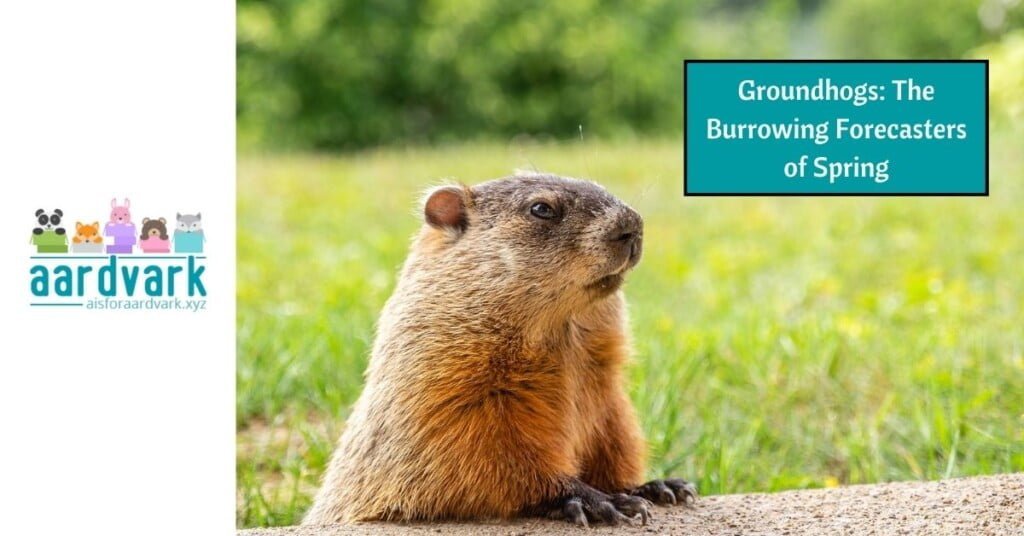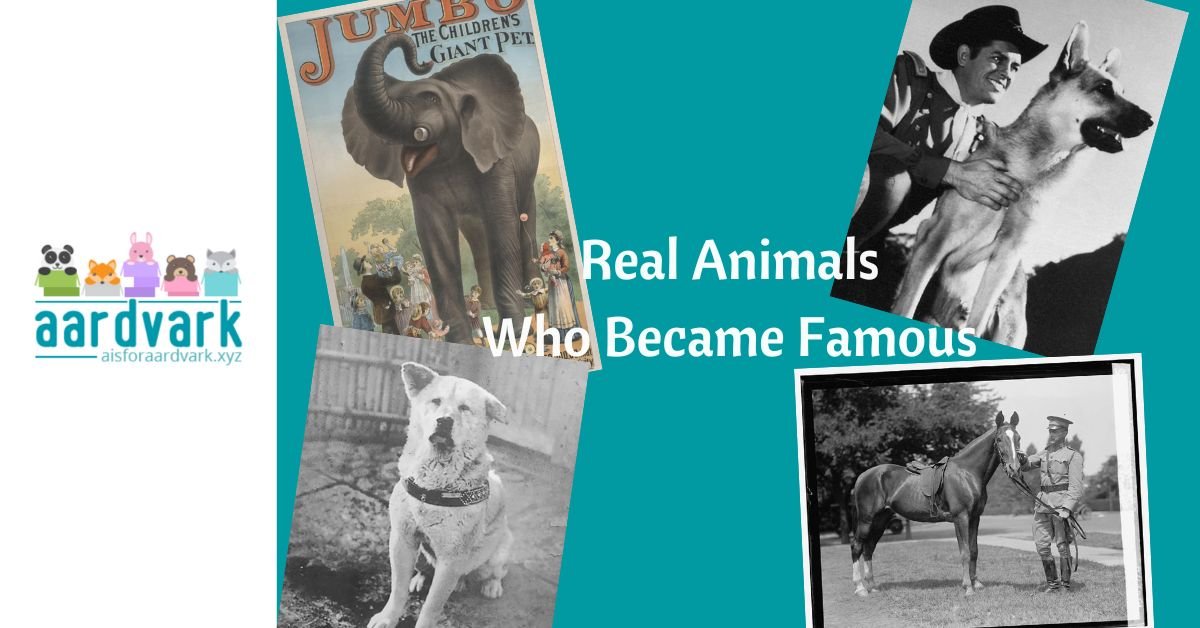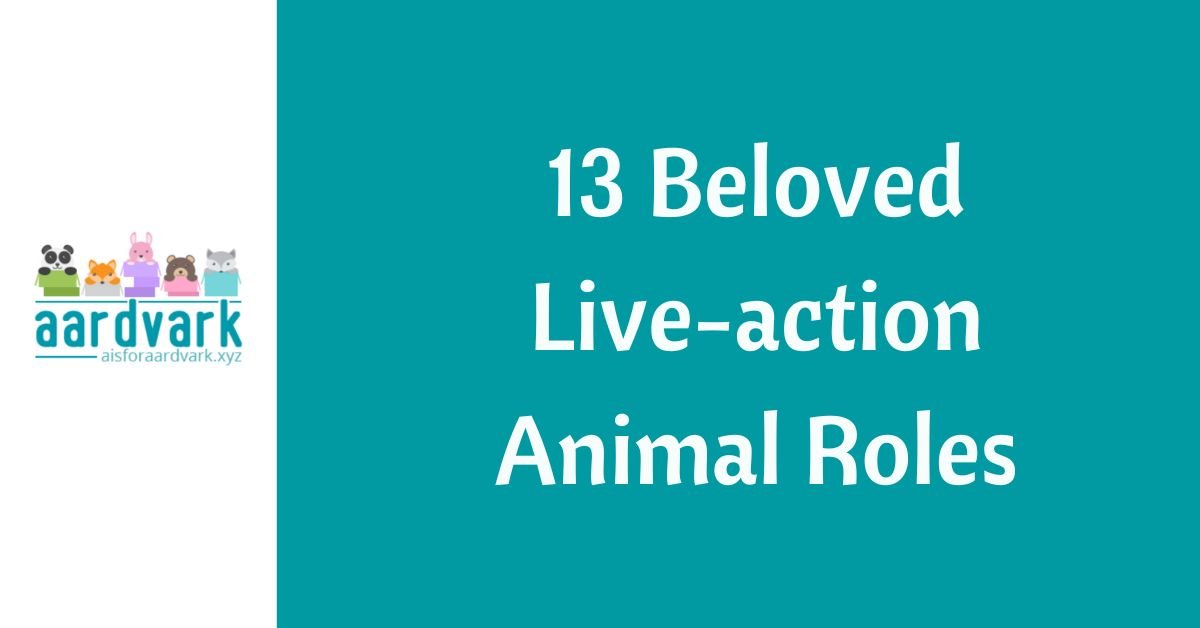Groundhogs, also known as woodchucks, are a species of rodent belonging to the family Sciuridae and are most famous for their weather prediction folklore in North America. These creatures are fascinating study subjects due to their unique behaviors, ecological roles, and cultural significance.
This article will explore groundhogs’ lives, covering their species classification, habitats, physical characteristics, lifestyle, diet, role in ecosystems, and intriguing place in human culture.
Species Classification and Habitats
Groundhogs (Marmota monax) are one of the 14 species of marmots. They are found across North America, from the open country of Alaska to the southern edges of Alabama. Groundhogs have adapted to various environments, including forests, fields, and residential areas.
They are mainly known for their burrowing activities, which contribute significantly to soil aeration and nutrient cycling but can also lead to conflicts with human agricultural and landscaping endeavors.
Physical Characteristics and Adaptations
Groundhogs’ stocky build, short legs, and bushy tails distinguish them. Including the tail, they typically measure about 40 to 65 centimeters (16 to 26 inches) in length and weigh between 2 to 6 kilograms (4.4 to 13.2 pounds). Their dense fur, which ranges from grayish to brown, provides insulation against cold weather.
One of the groundhog’s most notable adaptations is its ability to hibernate. As winter approaches, they retreat to their burrows, where they enter a deep hibernation that lasts until February or March. Their body temperature, heart rate, and metabolic rate significantly decrease during this time, allowing them to survive on fat reserves accumulated during the warmer months.
Lifestyle: Burrowing and Social Structure
Groundhogs are accomplished diggers, creating complex burrow systems that serve as living quarters, nurseries, and hibernation spots. These burrows can extend up to 14 meters (46 feet) and include multiple entrances for quick escapes from predators. While groundhogs are primarily solitary, they may share their burrow systems outside the breeding season for warmth and protection.
Diet and Foraging Behaviors
As herbivores, groundhogs feed on a variety of vegetation, including grasses, berries, and crops, which makes them notorious among farmers. They are also known to climb trees to access fresh leaves and bark. Their foraging activity is most intense during the early morning and late afternoon, especially as they prepare for hibernation.
Role in Ecosystems
Groundhogs play a crucial role in their ecosystems. Their burrowing activity helps to aerate the soil and mix in organic matter, enhancing soil health and promoting vegetation growth. Additionally, groundhogs serve as prey for various predators, including foxes, hawks, and coyotes, thus contributing to the local food web.
At the same time, their digging can also be a peril for livestock and humans. It’s common for a person, cow, or horse to accidentally step in a groundhog hole, twisting their ankle or even breaking their leg.
Breeding Behaviors and Lifecycle
Groundhogs exhibit specific breeding behaviors. Mating season typically occurs in early spring, soon after hibernation. A single litter is born annually, consisting of two to six blind, hairless pups. These pups develop quickly, weaning at about six weeks of age and often leaving to establish their territories by the end of summer.
Groundhogs can live up to six years in the wild. However, their lifespan is often shorter due to predation and human activity.
Despite their burrowing skills and vigilant nature, groundhogs are not immune to the dangers posed by predators. Their primary threats come from coyotes, foxes, and birds of prey such as hawks and eagles, which can snatch groundhogs from the ground or even dive into their burrows to capture them. Young groundhogs, particularly, are vulnerable to predation due to their smaller size and lack of experience.
Domestic dogs and cats may also threaten groundhogs, especially those living near human habitation. Additionally, snakes can be predators of groundhog pups within the burrows. These predatory pressures significantly control the groundhog population, ensuring that only the most alert and well-adapted individuals survive to reproduce. The presence of predators necessitates groundhogs’ constant vigilance when outside their burrows, balancing their need for foraging with the imperative of avoiding predation.
Conservation Status and Threats
However, despite the risks from predators, groundhogs are classified as least concern by the IUCN Red List, indicating that they are not currently at risk of extinction. Their widespread distribution and high reproductive rate contribute to a stable population. However, groundhogs do face threats from habitat destruction. They are often targeted as pests due to their burrowing habits, which can damage crops and infrastructure.
Cultural Significance: Groundhog Day
Groundhog Day, celebrated on February 2nd, is a popular North American tradition originating from a Pennsylvania Dutch superstition. According to folklore, if a groundhog emerges from its burrow and sees its shadow due to clear weather, it will retreat back into its burrow, predicting six more weeks of winter. Conversely, spring will arrive early if it does not see its shadow because of cloudiness. The origins of Groundhog Day can be traced back to ancient European weather lore, where a sacred bear or badger made weather predictions. The tradition was adapted in the United States with the groundhog as the prognosticator.
Accuracy of Groundhog Day Predictions
The accuracy of weather predictions made on Groundhog Day is a subject of light-hearted debate. Studies and analyses have shown that the groundhog’s prediction is correct about 39% of the time, which is statistically not better than chance. Despite this, the tradition remains a beloved part of American folklore, celebrated with festivals, songs, and events.
Celebrity Groundhogs
Several groundhogs have risen to fame through their annual weather predictions. The most famous is Punxsutawney Phil from Punxsutawney, Pennsylvania, whose predictions have been made since 1887. Other notable groundhogs include Wiarton Willie from Ontario, Canada, and Staten Island Chuck from New York City. Each of these groundhogs has a dedicated following, and their annual predictions are covered by national and international media, bringing communities together to celebrate a shared cultural tradition.
But Groundhog Day heroes aren’t the only well-known groundhogs. The 1980 comedy film “Caddyshack” famously features a groundhog. In the movie, the groundhog is portrayed as a mischievous and elusive creature causing havoc on a golf course, leading to a comedic battle of wits with the course’s groundskeeper, played by Bill Murray. The groundhog’s antics, highlighted by the iconic scene of it dancing to Kenny Loggins’ “I’m Alright,” not only contribute to the film’s humor but also showcase the animal’s burrowing behavior and the challenges it presents in human-dominated landscapes. “Caddyshack” amplifies the groundhog’s image as a clever and determined creature, albeit through a fictional and humorous lens, and has contributed to the groundhog’s enduring popularity in American entertainment.
Groundhogs are not only fascinating creatures for their ecological roles and biological adaptations but also their unique place in human culture through the celebration of Groundhog Day. This tradition, steeped in folklore, highlights the human tendency to find patterns and meaning in the natural world. It also underscores the cultural significance of groundhogs beyond their biological and ecological roles, demonstrating how a single species can become embedded in a society’s cultural fabric and identity. Through the lens of the groundhog, we are reminded of the intricate connections between humans, wildlife, and the seasons, celebrating these relationships in a tradition that brings joy and anticipation each year.







